Our history includes such pivotal moments as protecting iconic species like pandas, tigers, rhinos and elephants as well as those that are less known like the river dolphins in Asia and Latin America, securing the introduction of an indefinite moratorium on oil activities in Belize waters, and pioneering the debt-for-nature concept in Madagascar as a means to help preserve the country’s rich biodiversity.

Our founders launch the World Wildlife Fund to help save the world’s wildlife. In 1985, we change our name to World Wide Fund for Nature – the change from “wildlife” to “nature” reflects our broadening scope – and use the acronym “WWF” in our communications.

A WWF grant helps establish a research station in the biodiversity-rich Galápagos Islands; today, it still has a key role in raising awareness about the islands’ unique wildlife.
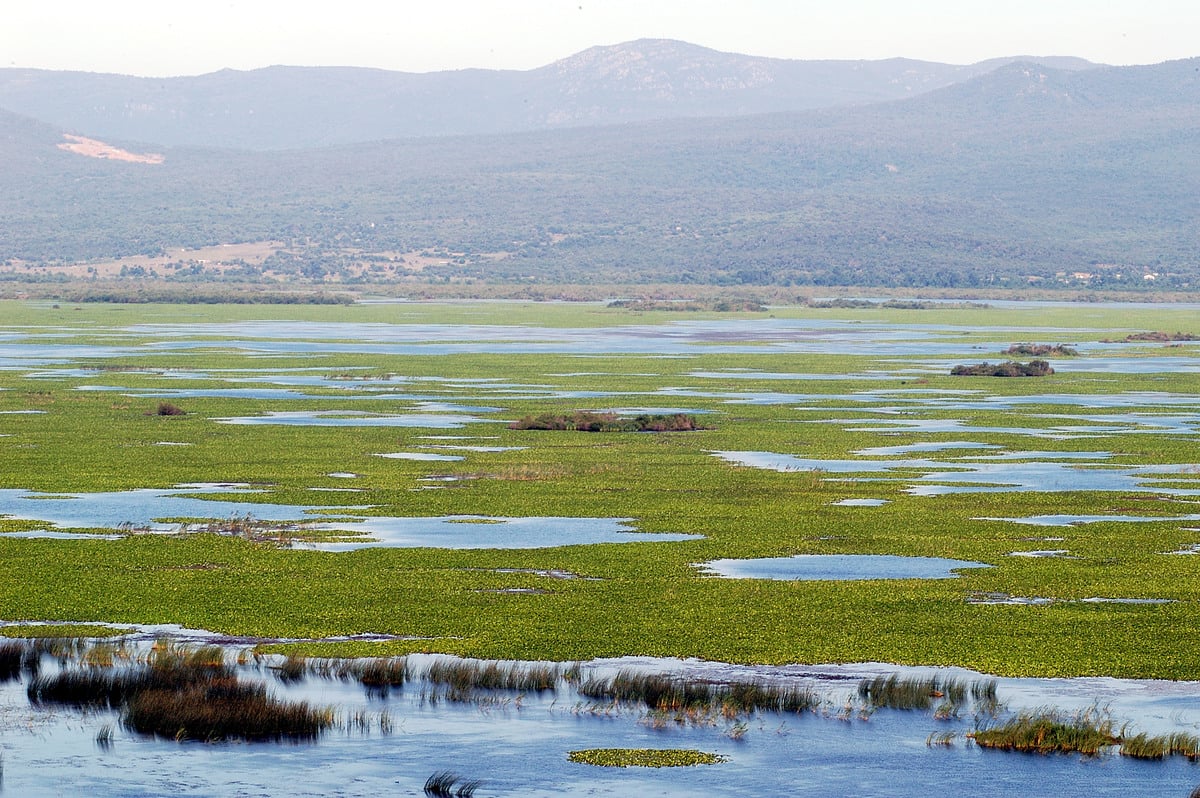
We help fund a pioneering new college in Tanzania for protected areas management training; thousands of wildlife managers from around the world have since benefitted.
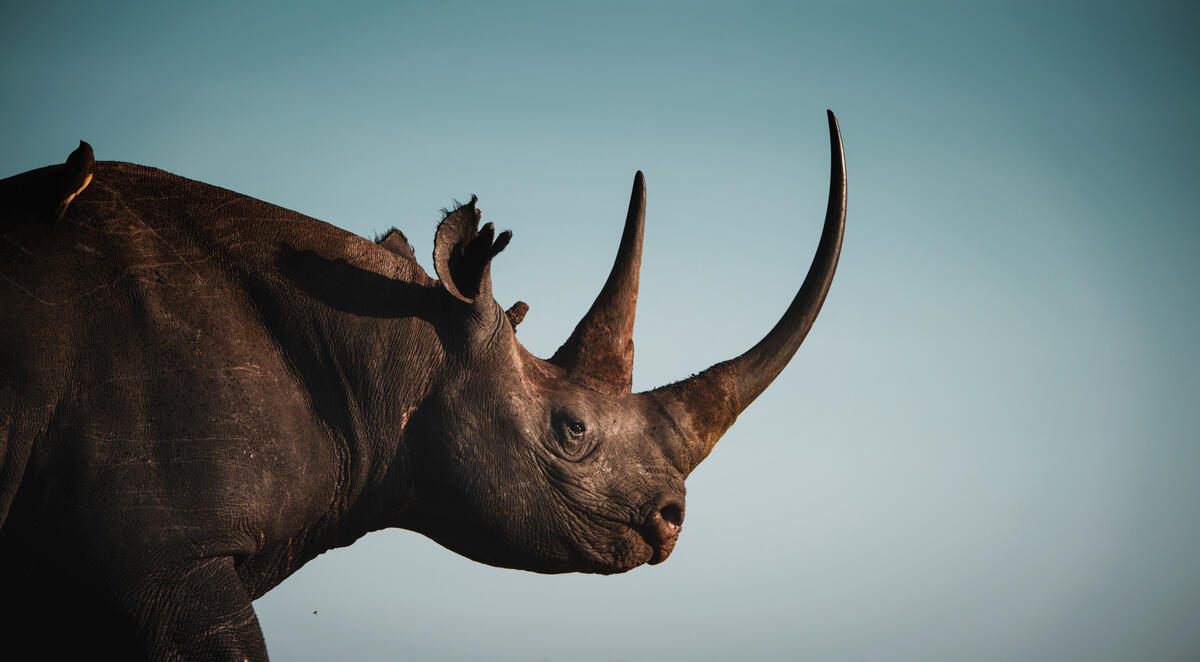
With rhino numbers under growing pressure, we support the East African Wildlife Society’s trial introduction of southern white rhinos from South Africa to Kenya – followed by other conservation efforts to safeguard rhino species in the coming decades.
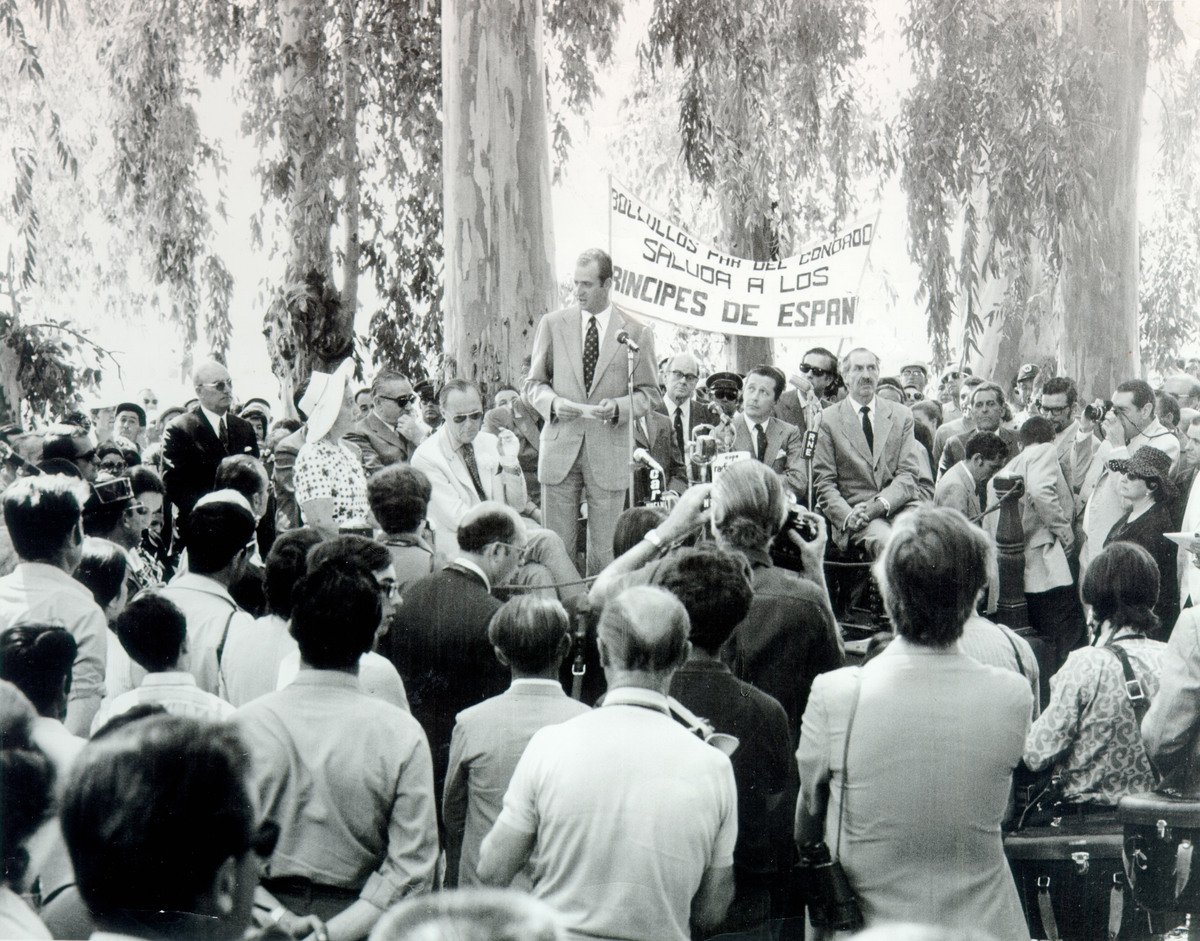
WWF purchases the Coto Doñana wetland in Spain after the threat of tourism development; today, it’s a national park and safe haven for migratory birds and the critically endangered Iberian Lynx.
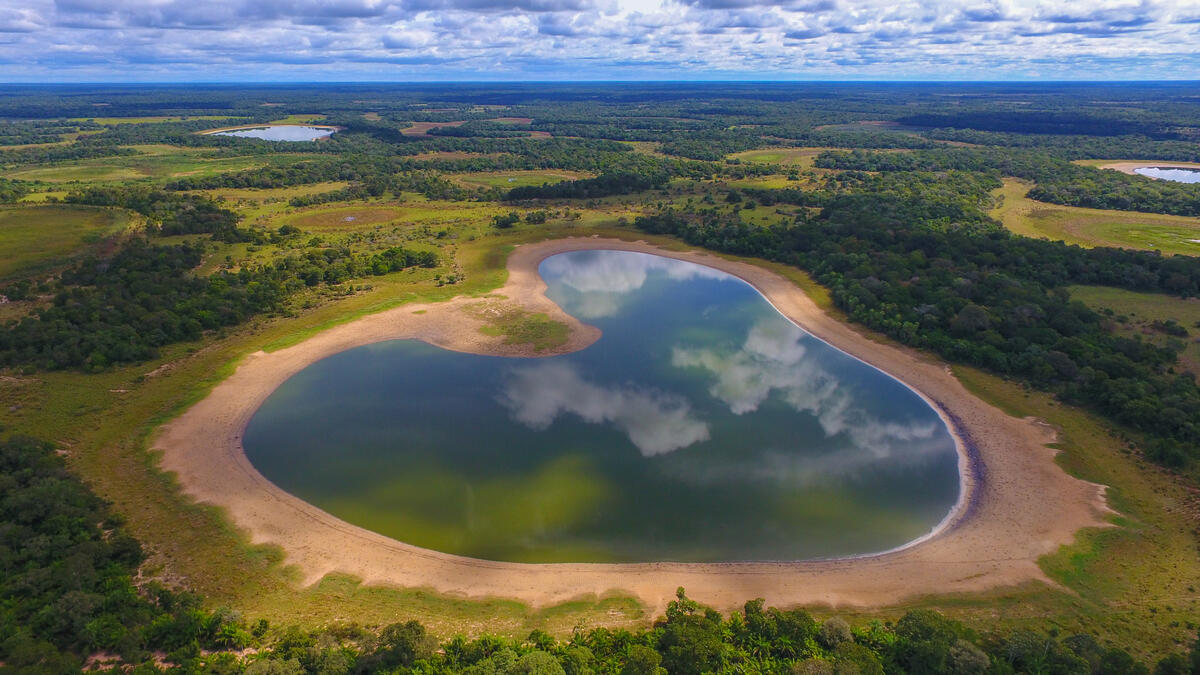
Advocacy from WWF and others leads to 18 governments signing the Ramsar Convention on Wetlands of International Importance; 250+ million hectares since protected under the convention.
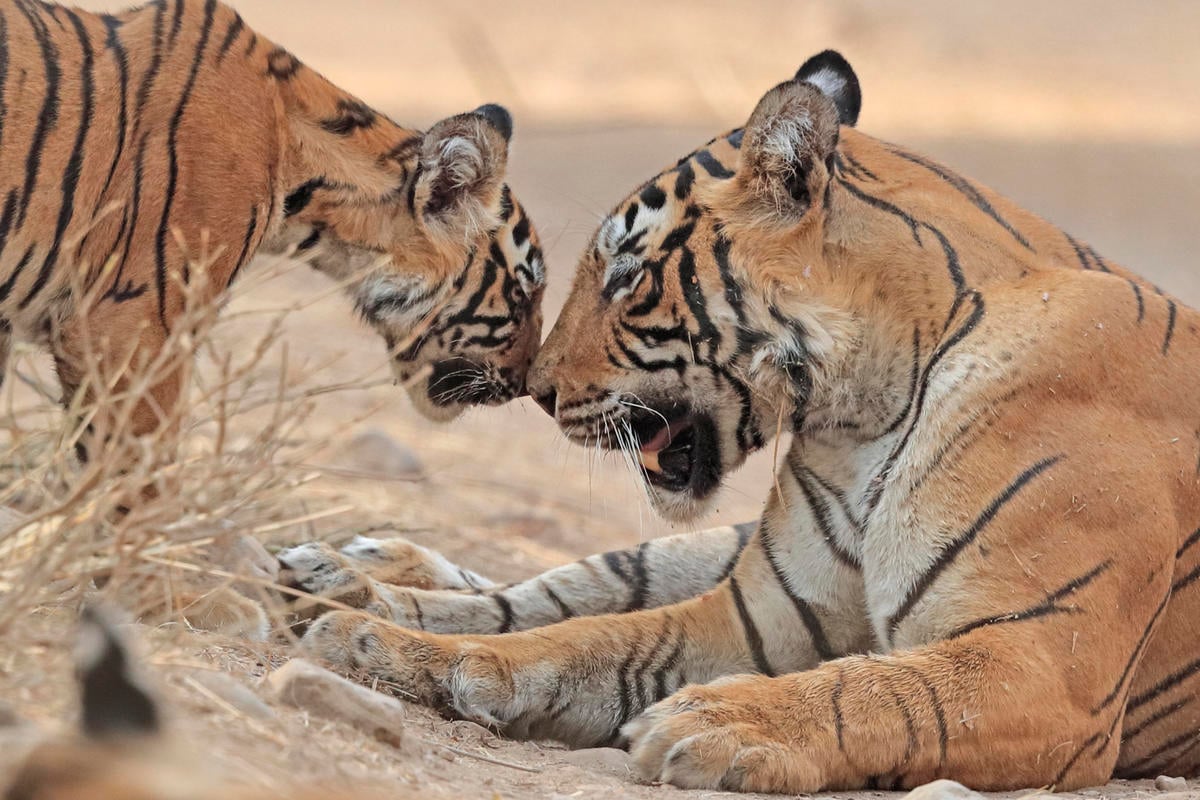
Our Operation Tiger global campaign leads to country-level conservation efforts followed by a joint commitment by 13 tiger-range states in 2010; a partial recovery in tiger numbers has followed.
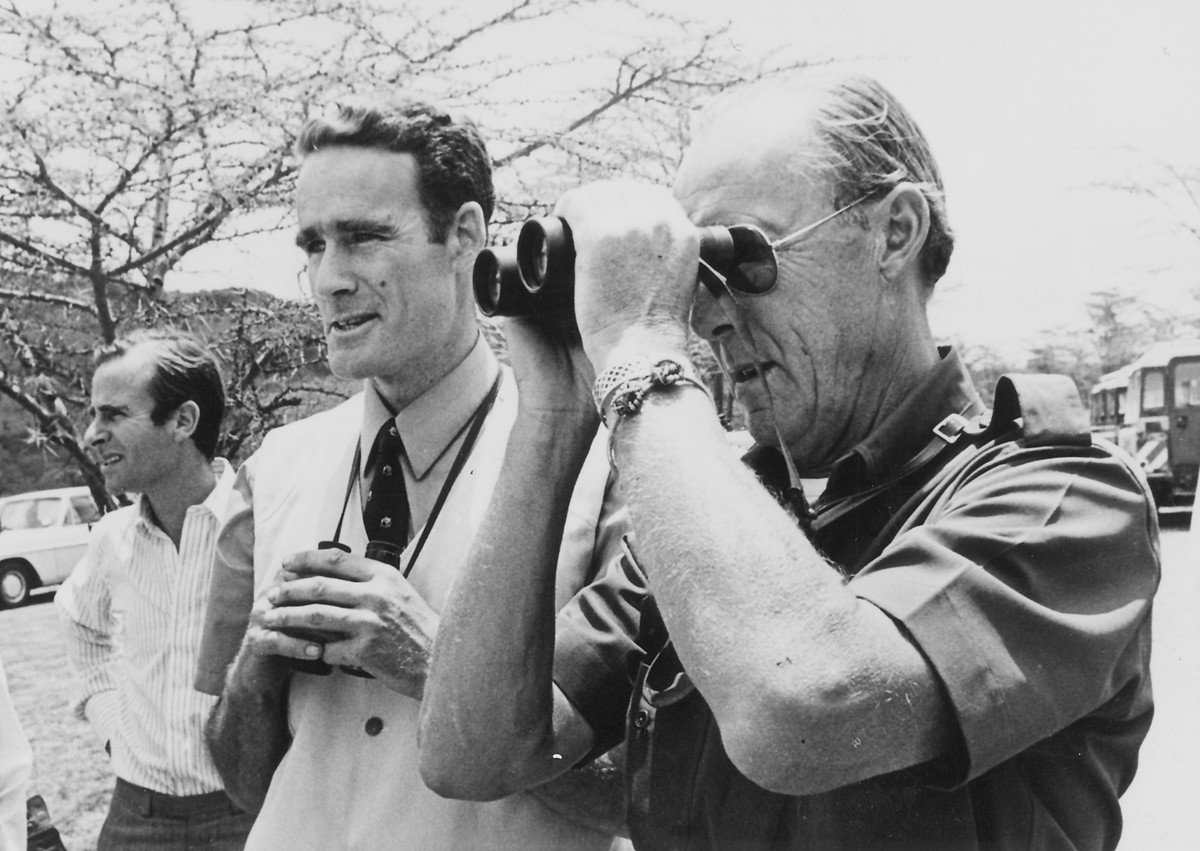
WWF fundraising campaign helps buy land around the world-famous Lake Nakuru National Park in Kenya, followed by further conservation programmes for this key flamingo feeding ground.
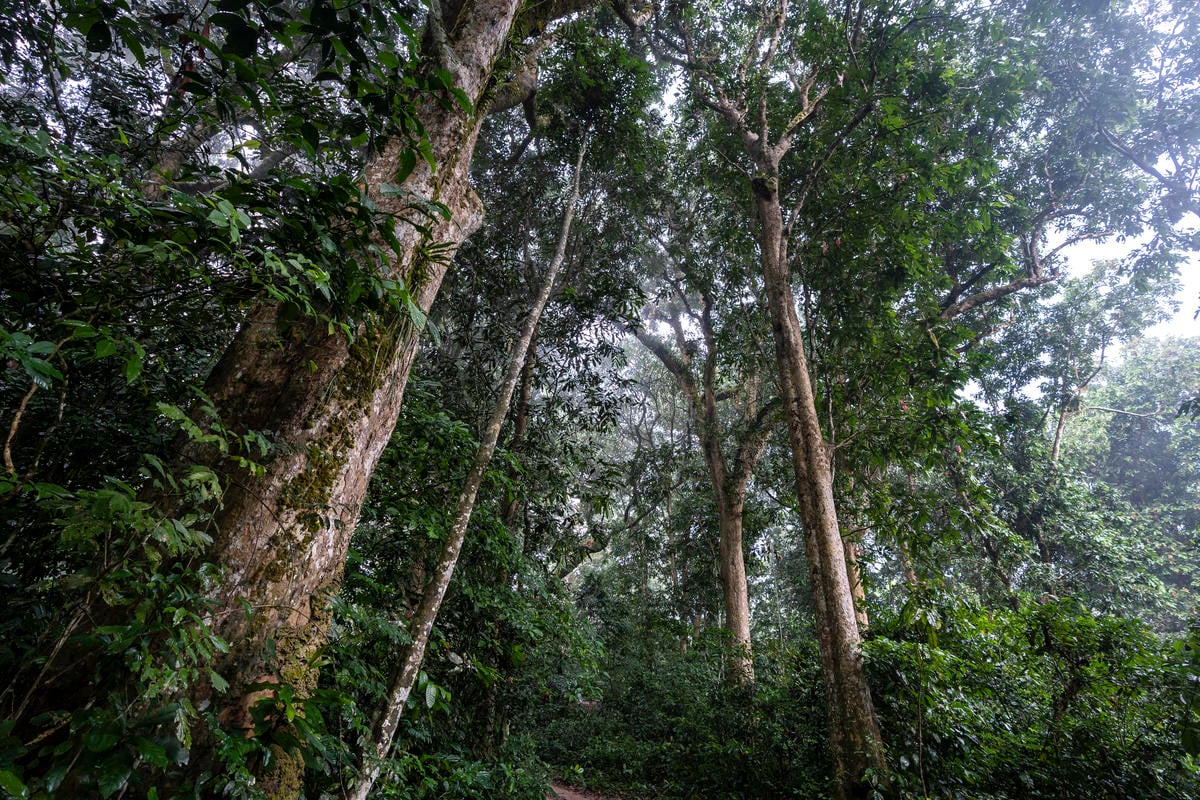
WWF’s Tropical Rainforest Campaign is first-ever global conservation campaign for an entire biome, followed by longstanding efforts to protect and restore tropical forests around the world.
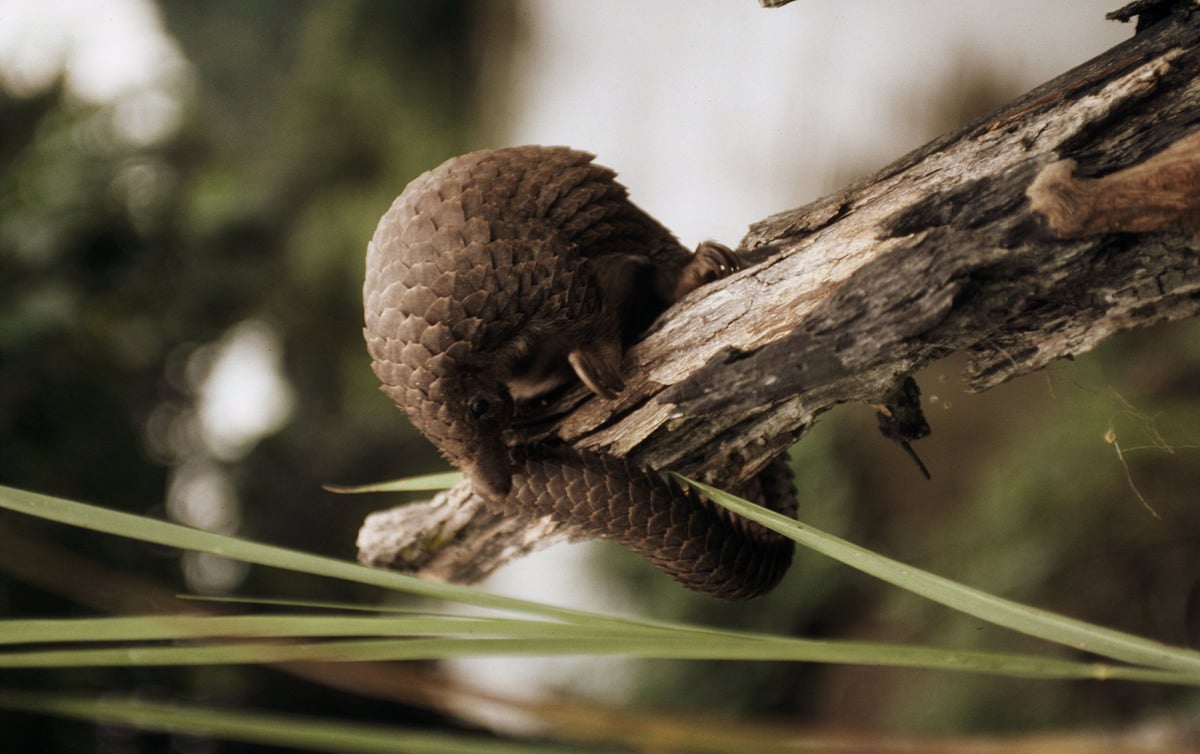
WWF and IUCN set up TRAFFIC wildlife trade monitoring programme to support the newly created Convention on International Trade in Endangered Species (CITES); 100+ monitoring projects continue today.

WWF, IUCN and UNEP create the World Conservation Strategy, the first to put sustainable development at the heart of conservation efforts; 50+ countries develop national conservation strategies based on the strategy’s recommendations.
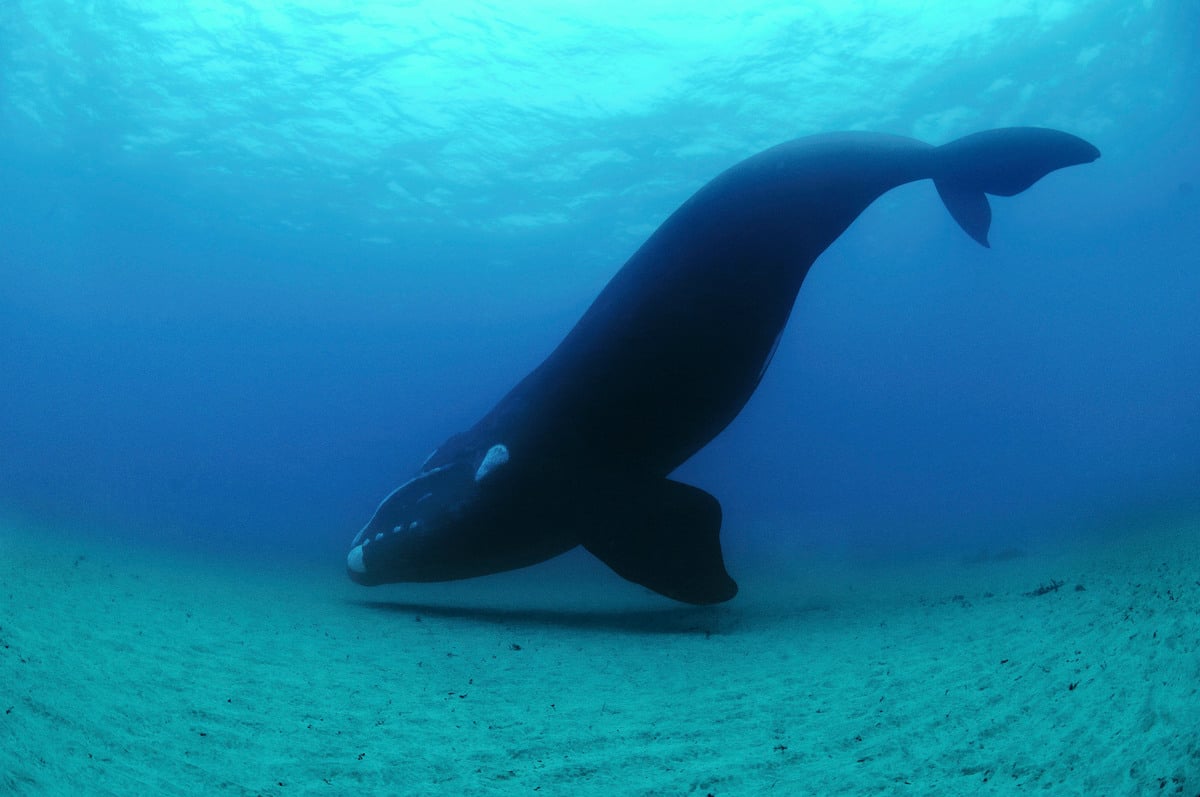
Our longstanding efforts, together with Greenpeace and others, help lead to a moratorium on commercial whaling; we remain opposed to commercial exploitation and vigilant about threats such as pollution and bycatch.
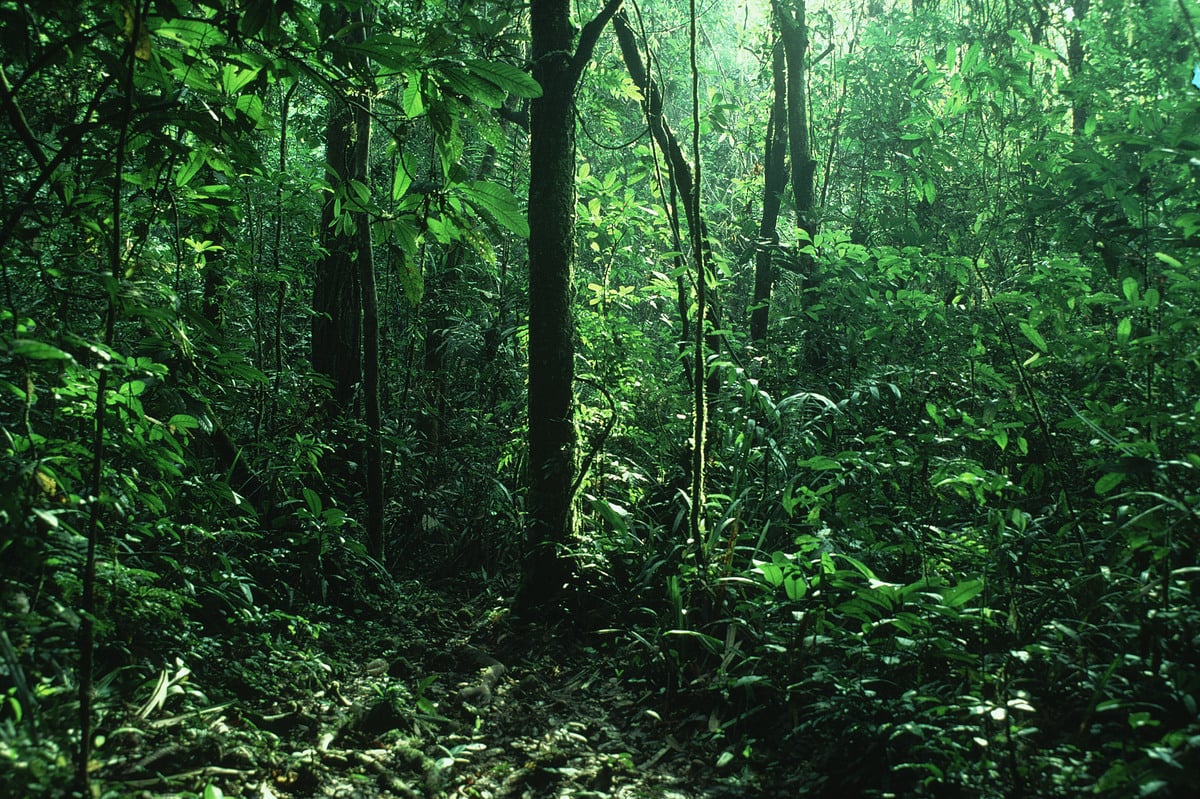
Cameroon’s Korup National Park is established with WWF support, one of the first to include local people in the planning process; our efforts continue there to help both nature and communities thrive.
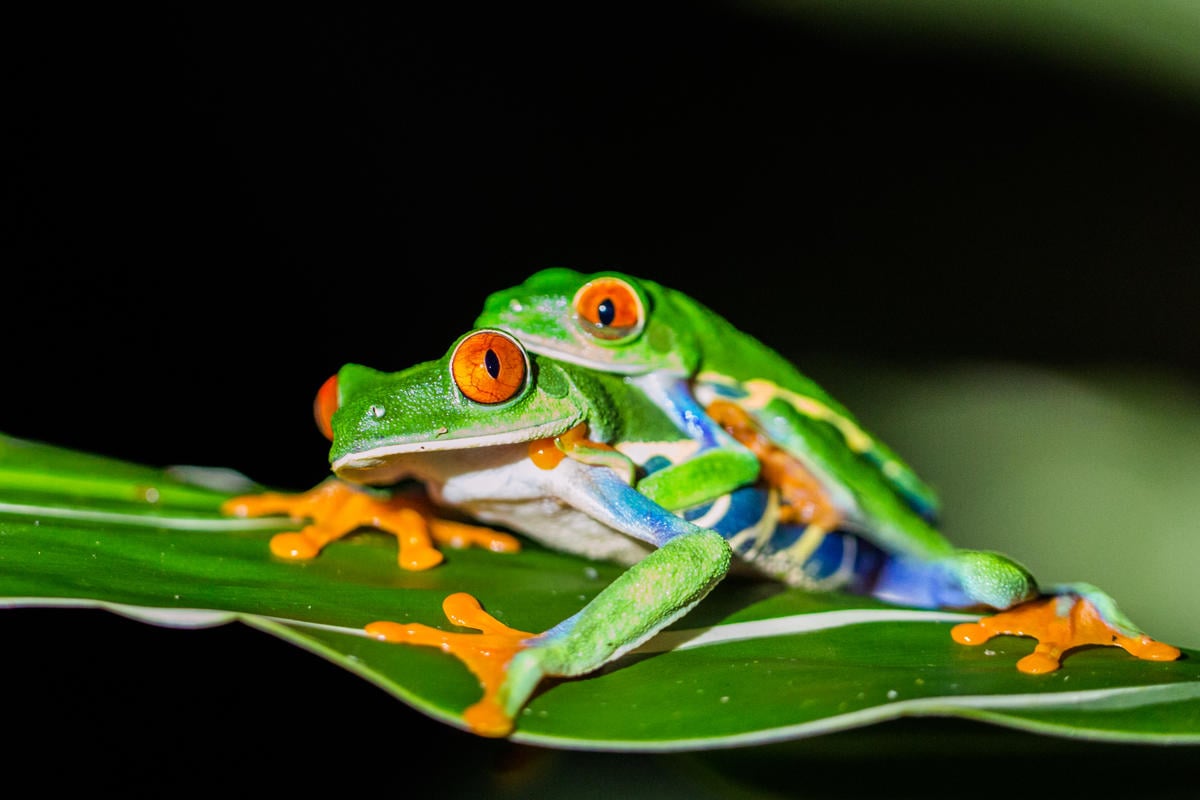
We help pioneer the “debt-for-nature” concept in Costa Rica, Ecuador and the Philippines; the initiative, in which part of a nation’s debt is bought in return for the country allocating an equivalent amount to conservation, has generated millions of dollars in these and other countries.
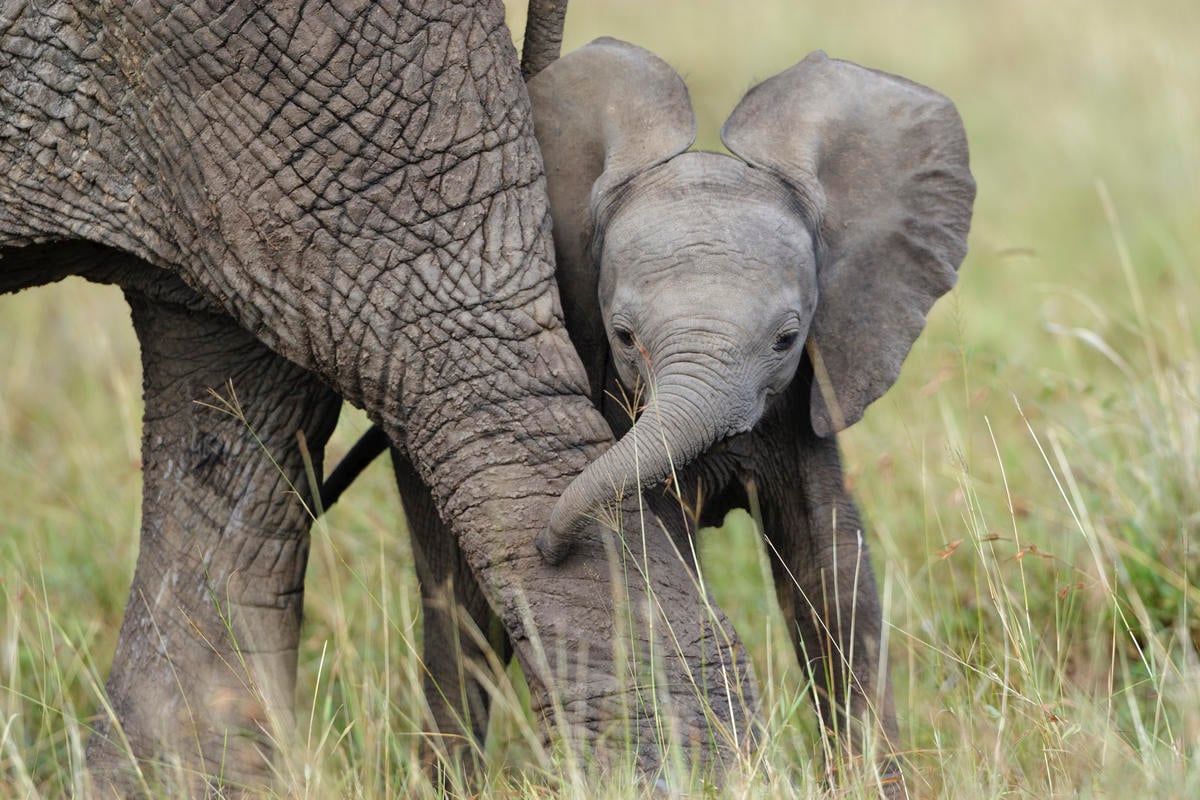
WWF's campaign to save the African elephant plays an important part in the decision by CITES to enact a ban on the international ivory trade.
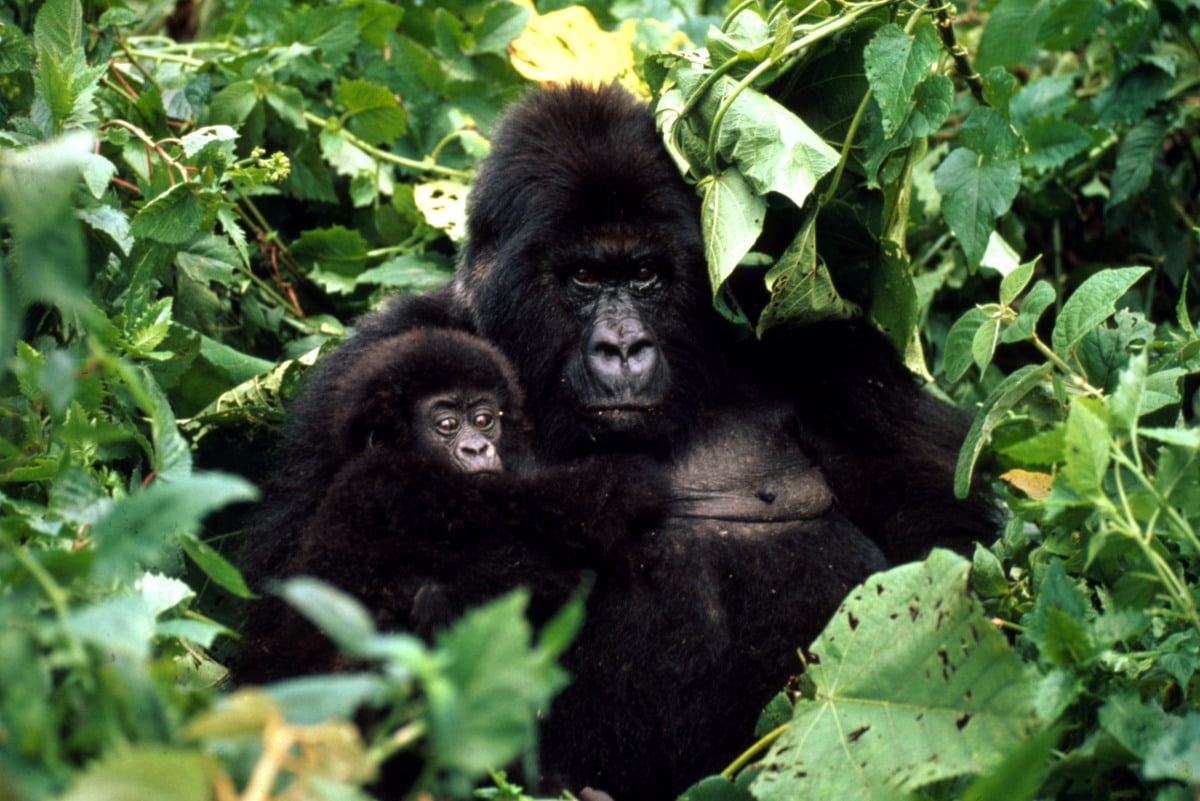
Responding to the dwindling mountain gorilla population in Africa, the International Gorilla Conservation Programme – a joint initiative of the African Wildlife Foundation, Fauna and Flora International, and WWF – is created; numbers have grown in the past decade to over 1,000.
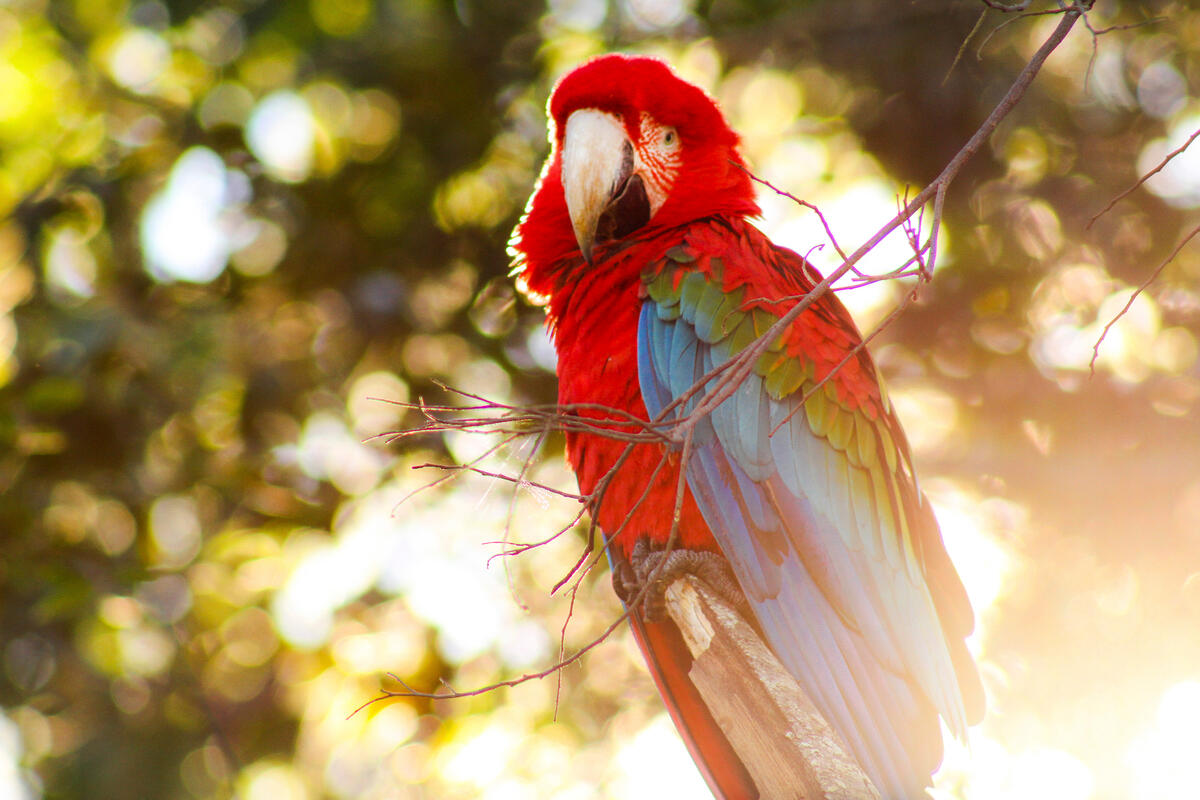
WWF plays a key role in establishing UN Convention on Biological Diversity (CBD), the international treaty covering conservation and use of biodiversity; signed initially by 163 states, WWF has helped governments to implement their CBD commitments.
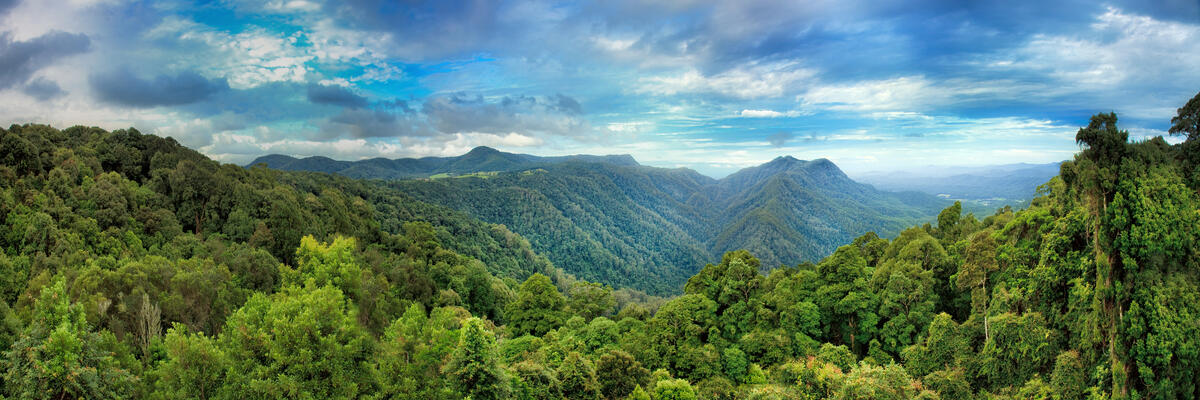
We are a key player in the launch of the Forest Stewardship Council (FSC), a pioneering certification scheme for sustainable forest products; the launch by WWF and Unilever of the Marine Stewardship Council (MSC) wild-caught seafood scheme follows three years later.
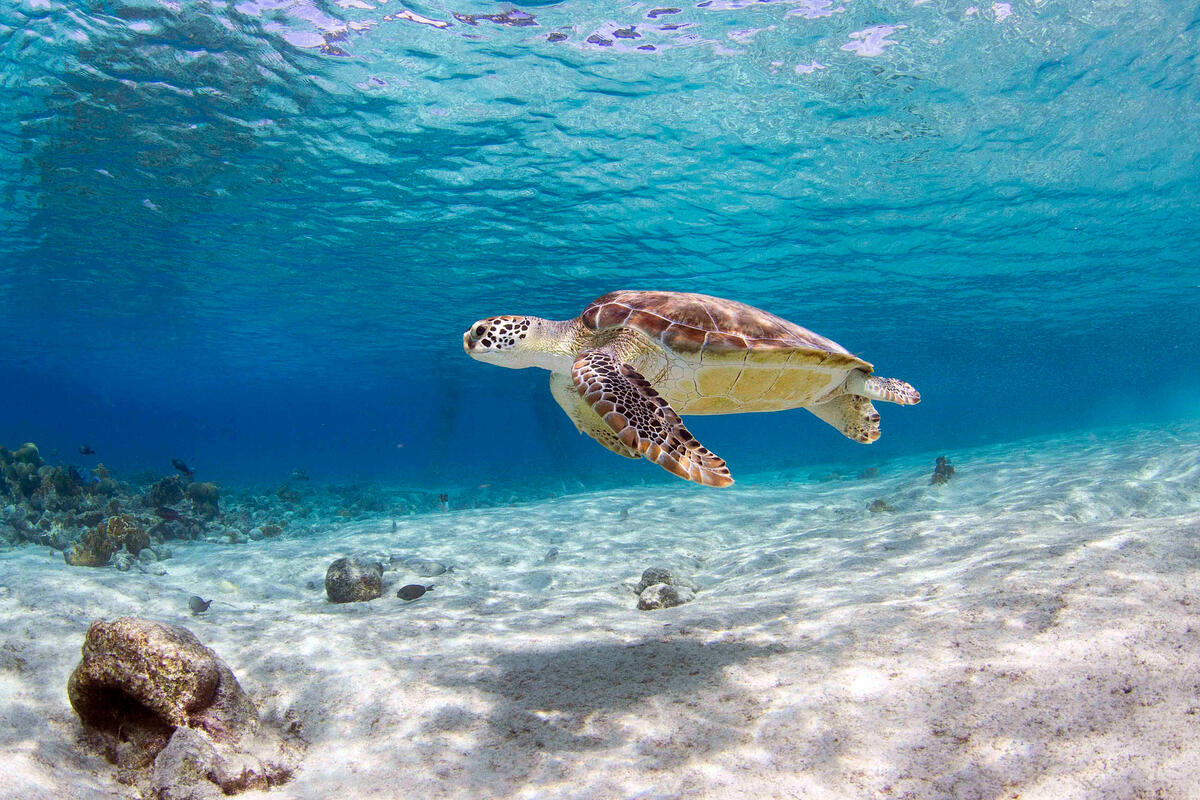
We work with Malaysia and the Philippines to set up the Turtle Islands Heritage Protected Area – the world’s first transboundary marine protected area for sea turtles and the main nesting area for green sea turtles.
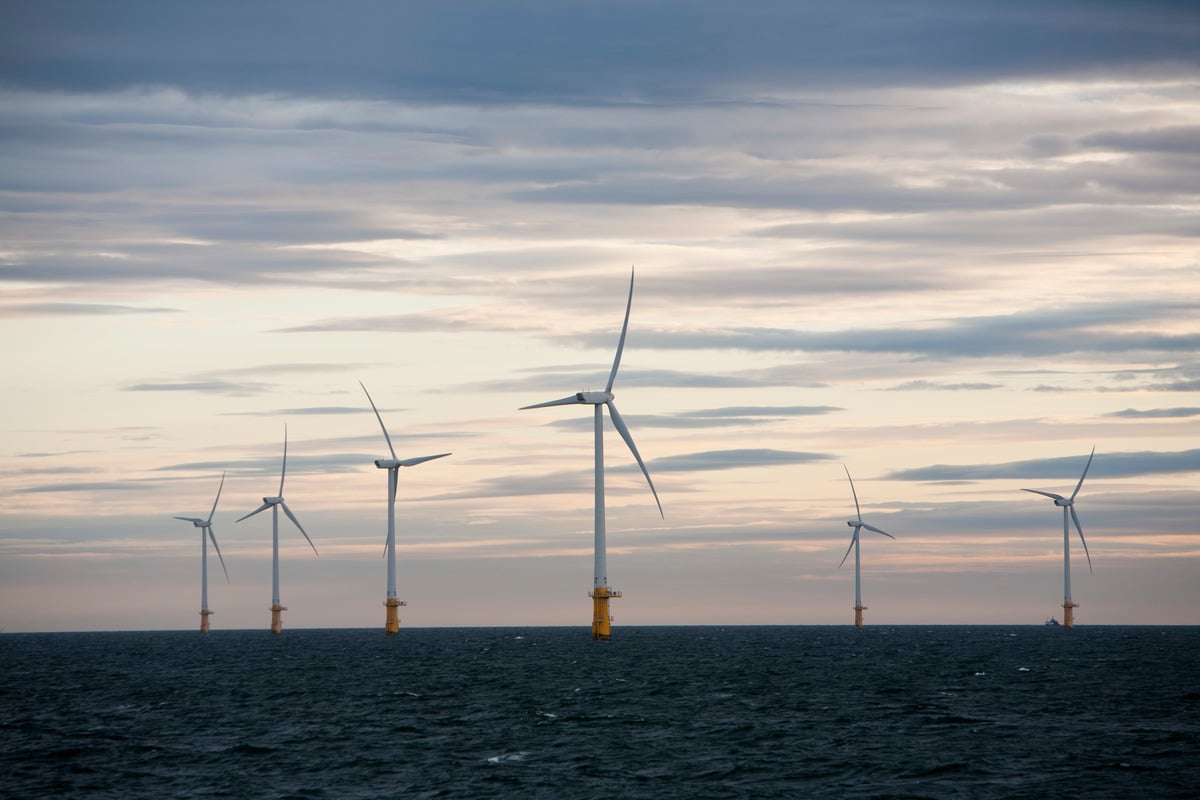
WWF has a pivotal role in the Kyoto Protocol, the first international agreement to limit carbon emissions that leads to the groundbreaking Paris climate agreement in 2015 signed by over 190 states.

We publish the first Living Planet Report; the bi-annual publication continues today in partnership with the Zoological Society of London, providing a world-leading analysis of biodiversity health and humanity’s pressure on nature.
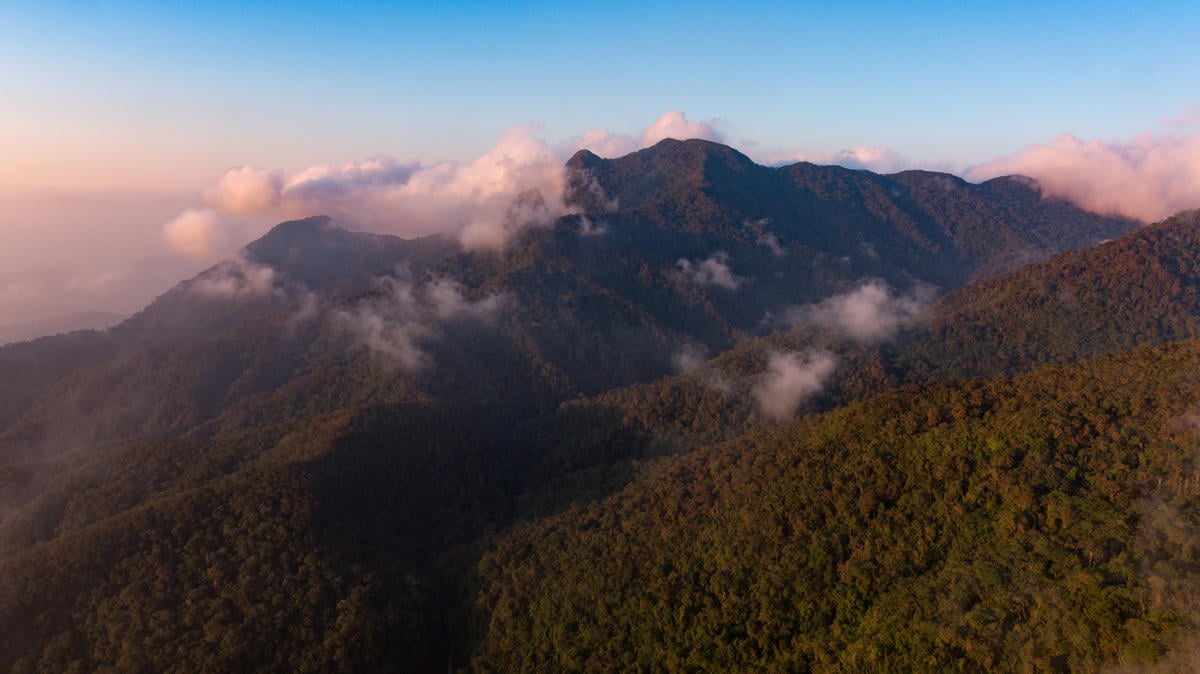
We work with the Brazilian government and others to set up the Amazon Region Protected Areas (ARPA) programme, eventually supporting over 50 million hectares of protected areas; our Earth for Life initiative helps provide long-term funding for ARPA as well as conservation in Bhutan, Colombia and Peru.

The first Earth Hour takes place in Sydney, Australia; it develops into one of the world’s leading grassroots environmental movements, with millions across a record-breaking 192 countries and territories in 2021 calling for action on the nature and climate crises.

To help halt deforestation for conversion to oil palm plantations, a global certification scheme for sustainable palm oil, the Roundtable on Sustainable Palm Oil, is established with our support; today, 19% of global palm oil is certified.
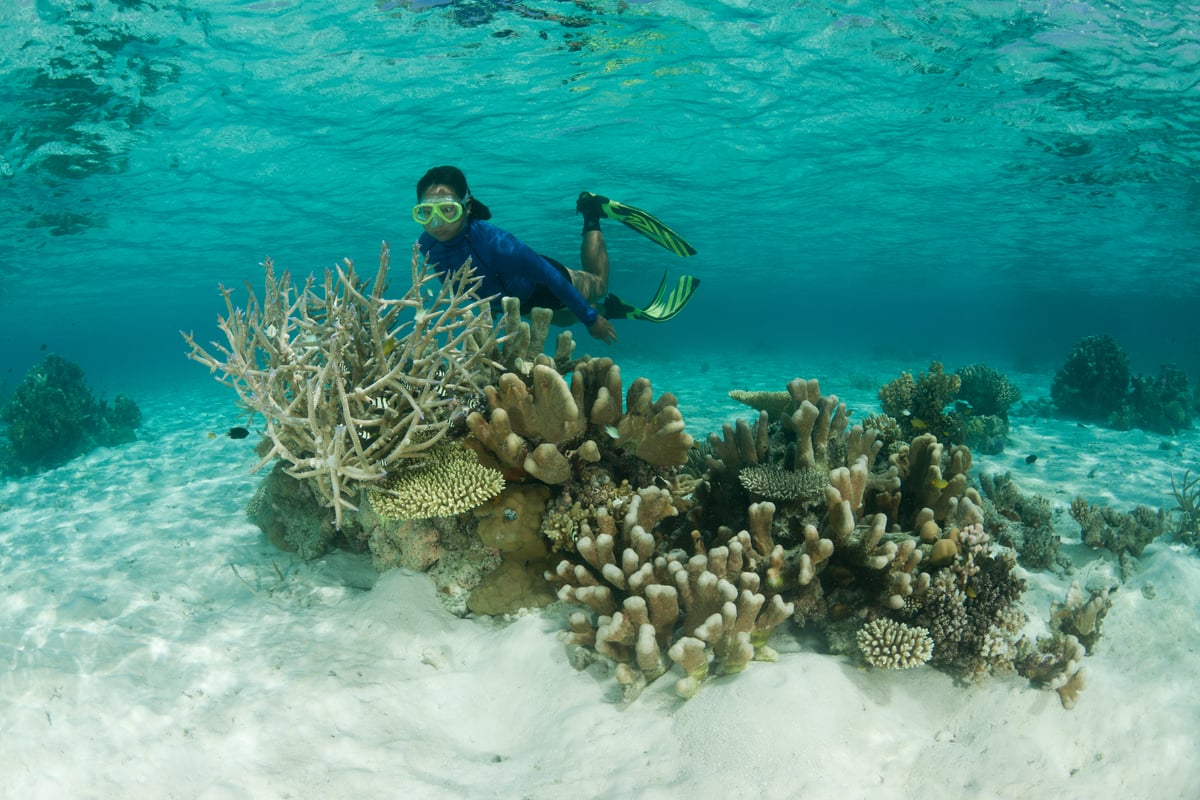
Leaders of six nations commit to a conservation plan for the Coral Triangle region of the western Pacifc, which hosts most of the world’s coral species; WWF’s ongoing support includes working for more sustainable marine industries and to improve livelihoods for coastal communities.
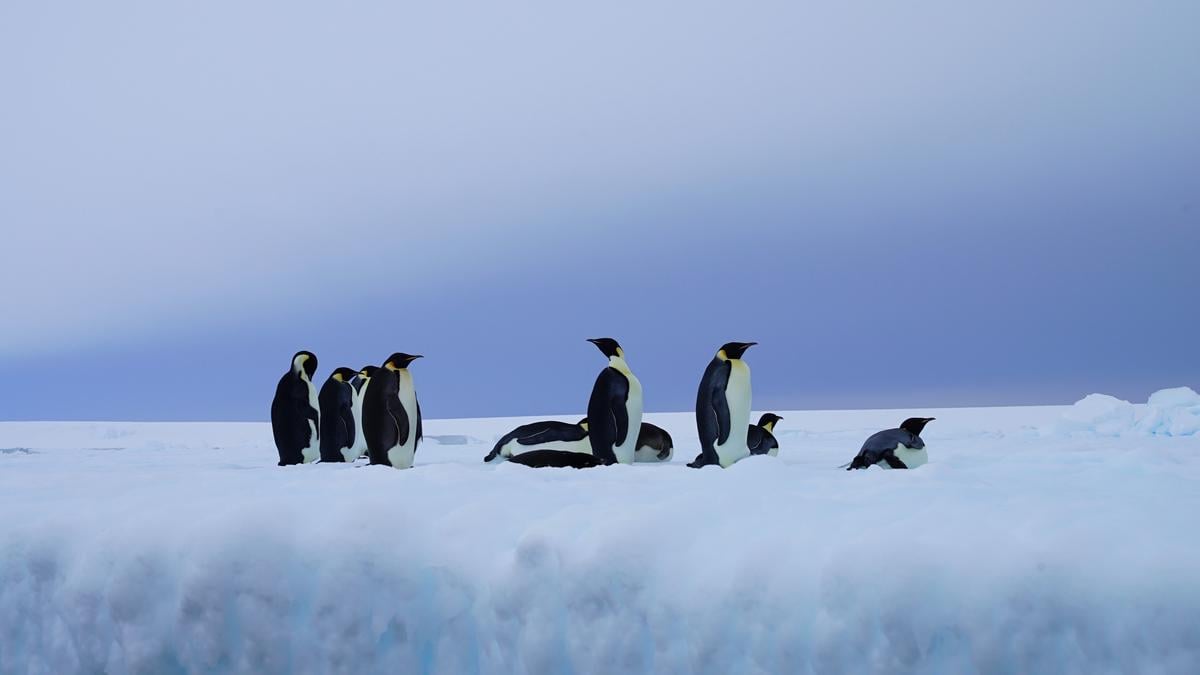
Our longstanding efforts help create the world’s largest ocean protected area, covering over 1.5 million km2, off Antarctica in the Ross Sea – a haven for whales, penguins and other species.
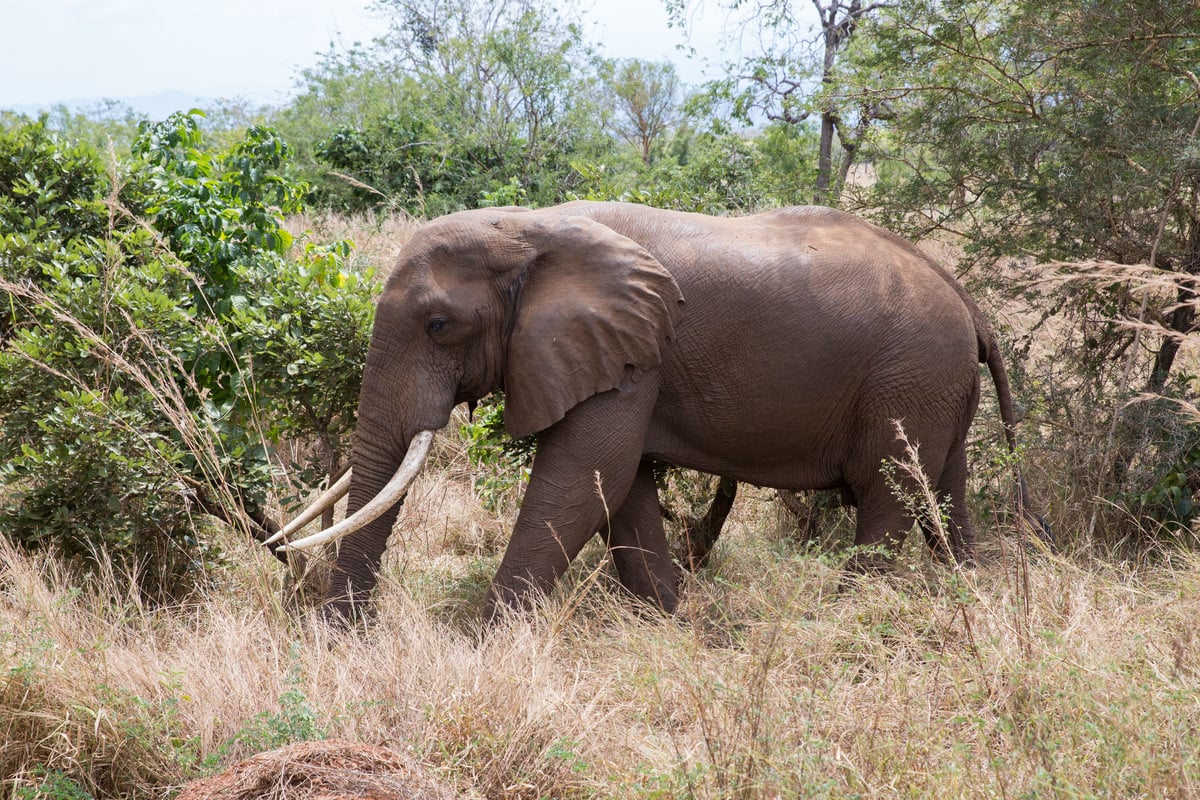
Our work to end the elephant poaching crisis is boosted by China’s ban on its domestic ivory trade, the world’s largest market; WWF-backed consumer awareness campaigns in key Asian markets and anti-poaching measures in elephants’ African habitats continue.
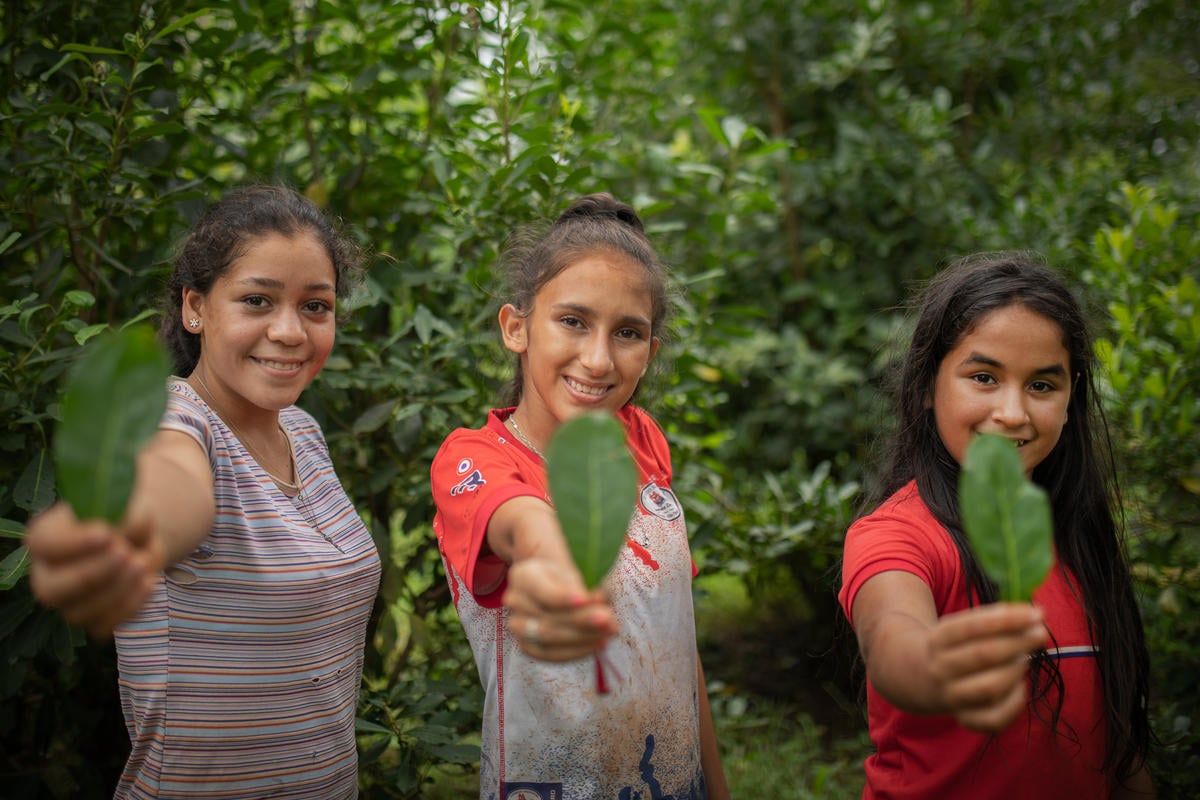
WWF launches the vision of a New Deal for Nature and People where the world comes together to restore nature; in 2020, over 80 heads of state and government sign a Leaders’ Pledge for Nature that commits them to reverse nature loss by 2030.
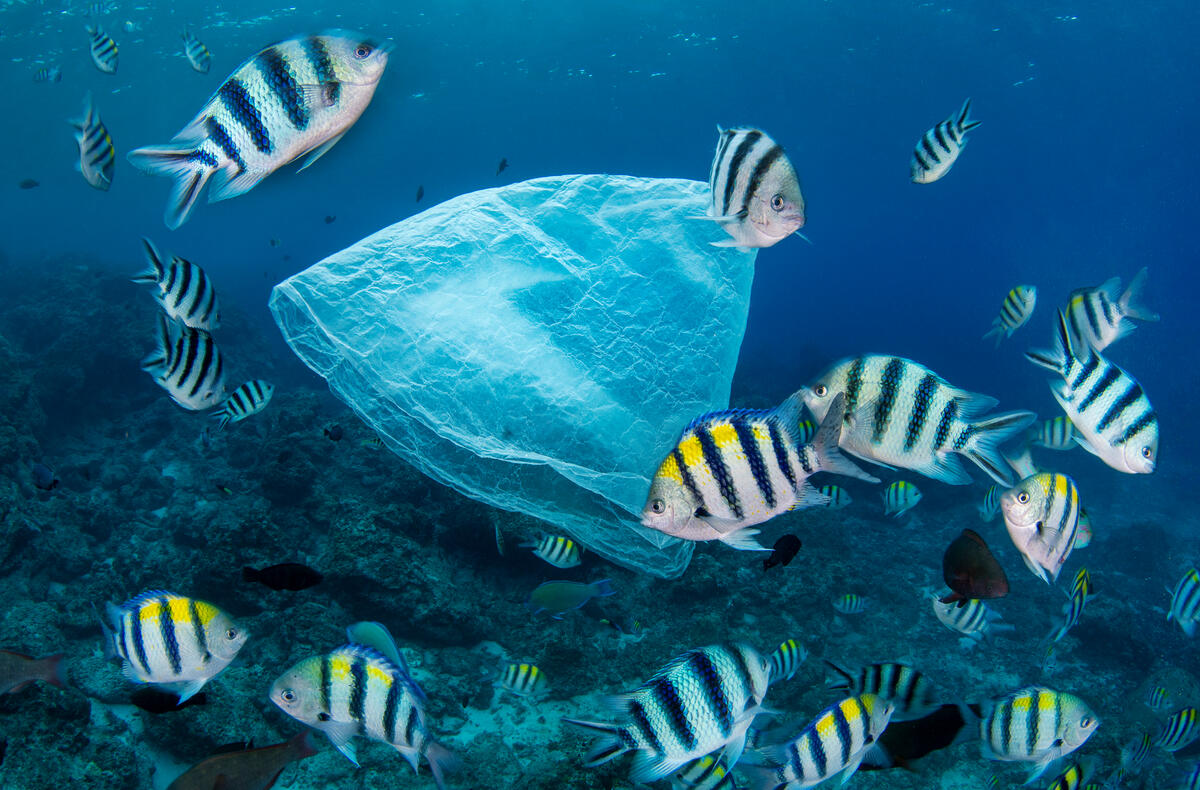
WWF is a key advocate for a global treaty to end ocean plastic pollution; to date, about 70 governments, 50 businesses, and more than 2 million people have backed our calls.

© 2017 WWF - World Wide Fund For Nature© 1986 Panda Symbol WWF – World Wide Fund For Nature (formerly World Wildlife Fund)® “WWF” is a WWF Registered Trademark Creative Commons license.